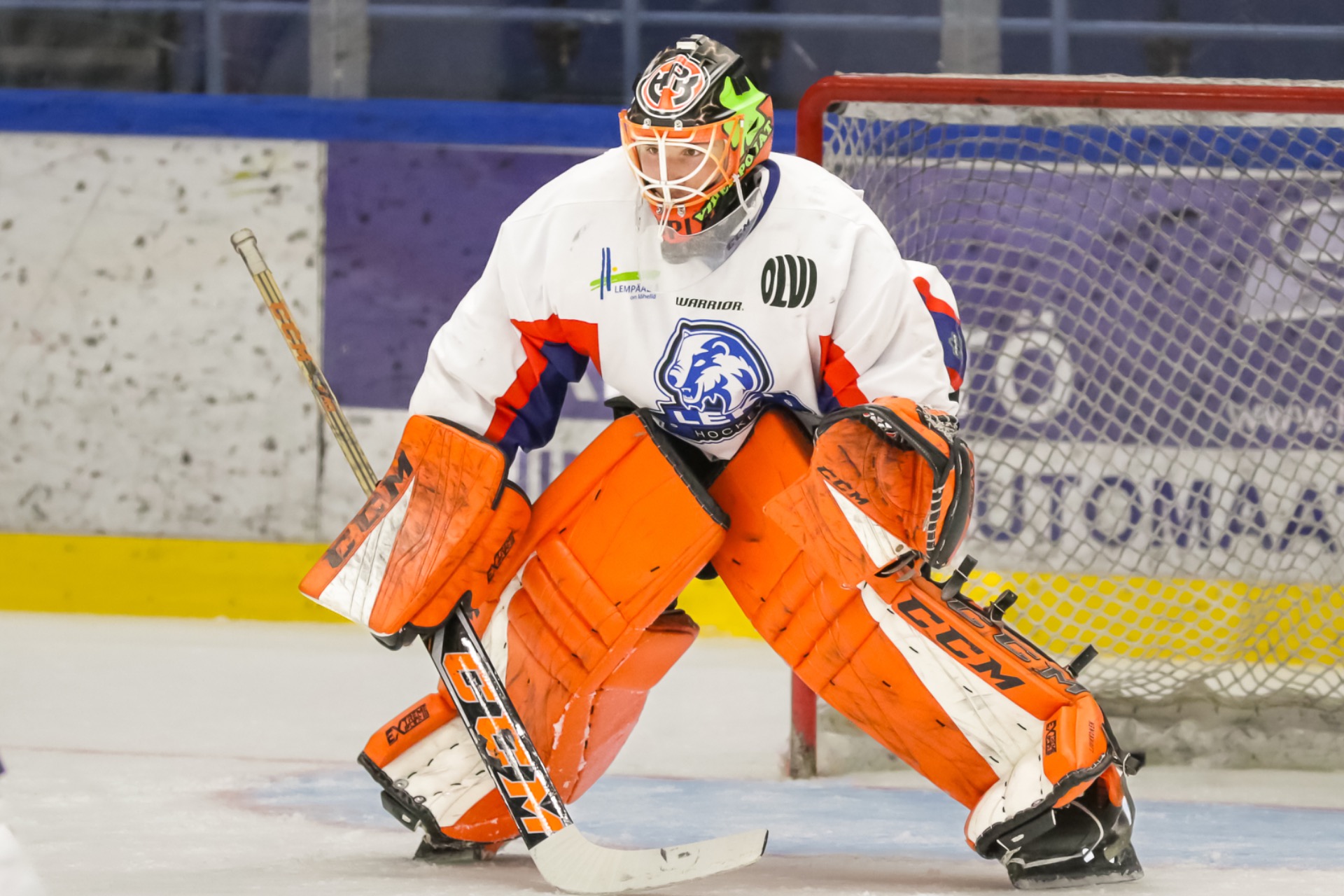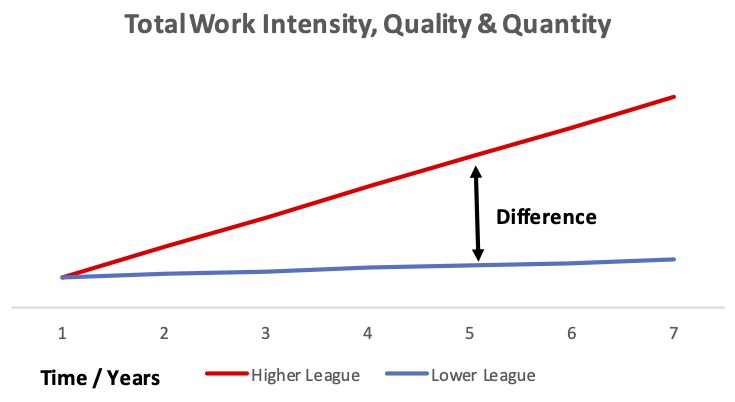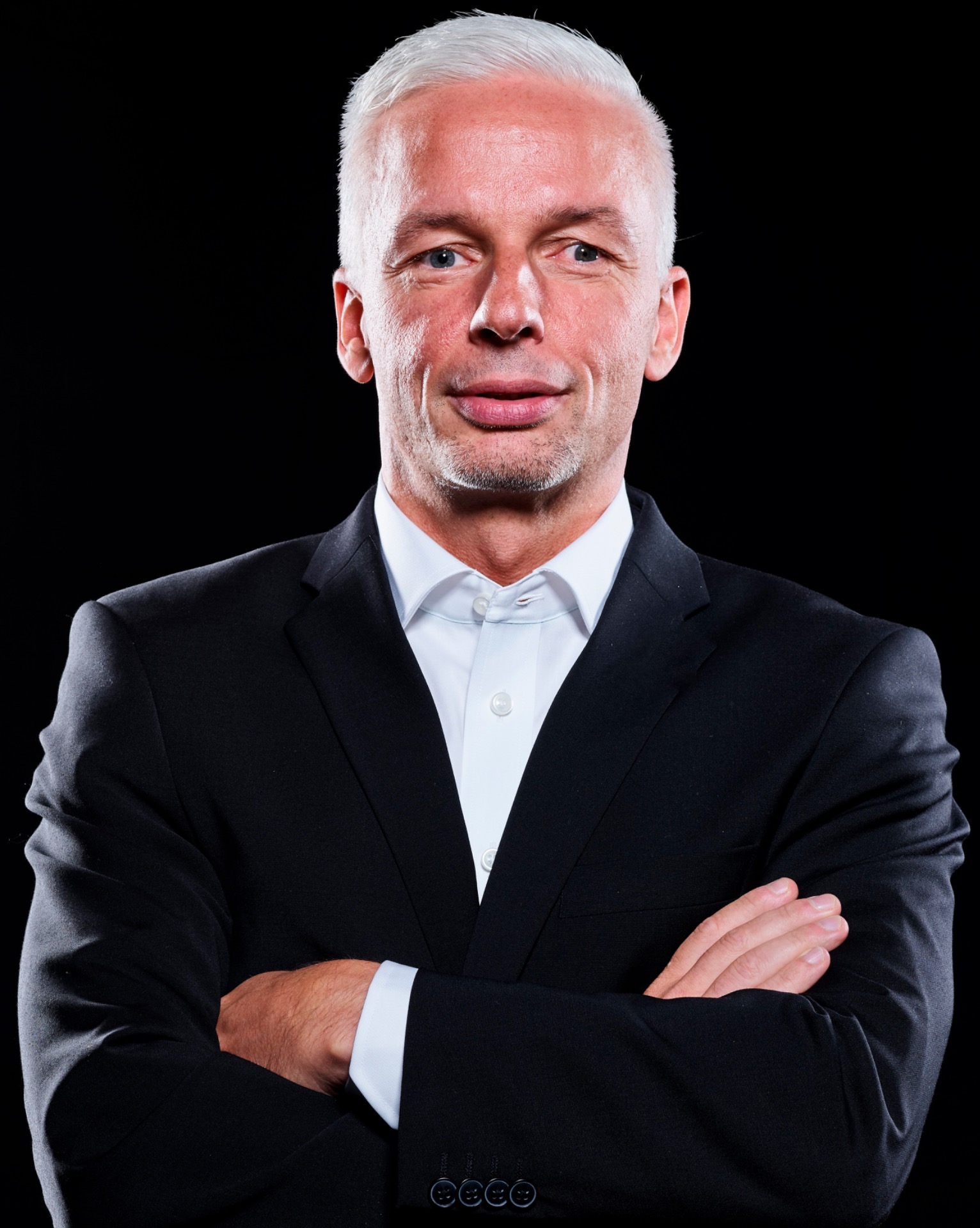Players Path: From Youth to Professional
Ever wonder why there are not so many local players in Your team? This article is about Players Path and helping young talents to cross the gap from youth team to elite level.

Ukko-Pekka Luukkonen on his "Players Path" playing for Finnish second league team LeKi. Currently Luukkonen plays for Buffalo Sabres in NHL.
I have been working as a goalie coach since 1988 in several countries and have followed leagues all over the world. This background has given me a clear view of how player development is organized in ice hockey.
Youth systems in most countries are generally solid. Of course, resources vary: in some places one head coach manages everything, while in others there are assistant coaches, strength coaches, skills coaches, goalie coaches, and more. But in general, these programs provide structure, continuity, and natural progress from one age group to the next. By the time players reach the U20 level, every country has its share of talented prospects. Some countries produce more, some less, but most systems succeed in bringing players close to the doorstep of professional hockey.
The real differences start to appear after the youth stage. Everyone knows that the step from juniors to professional hockey is a big one. Only the very top talents can move directly into a pro team. Most need intermediate steps. The key question is: how is this process organized? Does the club have a long-term plan, or are talented players simply sent down to lower leagues to see what happens? Too often, a talented player gets sent somewhere without proper support, his career stalls, and then the cycle repeats with the next generation. Soon people ask: "Why don't we have local players on our pro team?" The answer often lies in how poorly the transition was managed.
Defining the "Players Path"
In this article, I use the term Players Path to describe the transition from youth hockey to the professional level. Of course, youth systems are also part of the bigger path, but here I focus on that crucial step into pro hockey.
The first step in organizing a Players Path is for someone to take ownership. In most cases, this responsibility should belong to the mother organization: the club that developed the player and wants to maximize his chance of reaching the professional level. This means making a multi-year plan: outlining how the player will progress, how he will be supported, and where he stands in the depth chart. At what point is he expected to be ready for the pro team?
The second step is building cooperation with a partner club, usually in a lower league. The choice of partner depends on many factors: location, history, personal contacts, finances. There's no single recipe. But two principles must always remain: the partnership should benefit both clubs, and the mother club must keep control of the player's development. The partner club benefits by receiving young, hungry players without financial burden, since salaries are usually paid by the mother club.
The third step is creating a clear workflow for daily life. This means ensuring that the player's experience in the partner club is as close to elite level as possible: enough ice time, specialized coaching, off-ice training, goalie coaching, and so on. It's also important that coaching philosophies between clubs are aligned: for example, that the goalie coach in the partner team works in line with the main club's approach. This way, development moves in one direction instead of taking unnecessary detours.
Timeframe Matters
Professional careers in hockey are short. That fact alone adds urgency to the development process. The earlier a player reaches the pro level, the more years he can contribute at a high standard.

Another reason for urgency is the difference in environment. Practices in a top league are more demanding, games more intense, and the pressure higher. If a player spends too long in a lower level team, he may adapt to that level and find it increasingly difficult to climb higher. This means the intermediate steps should last only a few years at most. Otherwise, the risk grows that a player becomes stuck.

Stepping Into the Spotlight
At some point, the organization must bring the player into the first team: not just to sit on the bench, but to play a real role in the lineup. This is where trust becomes central. Everyone trusts a player who performs well, but what happens after a bad or even mediocre game? Will the young player get a second chance?
Often, veteran players are forgiven more easily than rookies for the same mistake. Veterans are trusted to know what went wrong and correct it. While that's often true, the same opportunity to learn should also be given to young players. They shouldn't get anything for free, but they deserve a chance to show improvement after mistakes. That's part of their path.
There are leagues where clubs are more willing to trust young players in big roles at an early age. This often unlocks unexpected potential. By showing trust, organizations can help a player's career really take off, benefiting both team and player. Good examples include KHL-winning goalies Danies Isayev (25) and Ilya Nabokov (20), Finnish champion Christian Heljanko (24), and SHL champion Matheus Ward (23). Each of them was trusted with a starting role around the age of 20, and that trust translated into championships.
Final Thoughts
Building a Players Path is about structure and responsibility. It requires the mother club and the partner club to work together with one clear priority: the player's development. It's about avoiding wasted potential, keeping the process organized and intentional, and giving talented players real chances: not judging them by age, salary, or status, but by who they are and what they can become.
That's how a club can create a true path from juniors to pros: and ensure its own future in the process. What do You think? Please leave a comment and share if You see fit ✌️
#progoaliecoach.com #goaliecoaching #goaltending #coaching #playerspath #education
Previous article: Goalie Scouting: What Is It Really About?
Previous article: Building a Goalie Team in a Pro Hockey Organization (TOP Article)
Previous article: Goalie Coaching in a Professional Team: What Is It?
Previous article: Goaltending Beyond the Glove or Blocker: Rethinking Shot Analysis
Previous article: What Happens After the Final Whistle?
Previous article: Life of a professional Goalie Coach
Previous article: "Thank You and I'm Sorry"
Previous article: "DIE TORHÜTER HABEN IM SOMMER SEHR GUT GEARBEITET"
Previous article: New decade, new start

